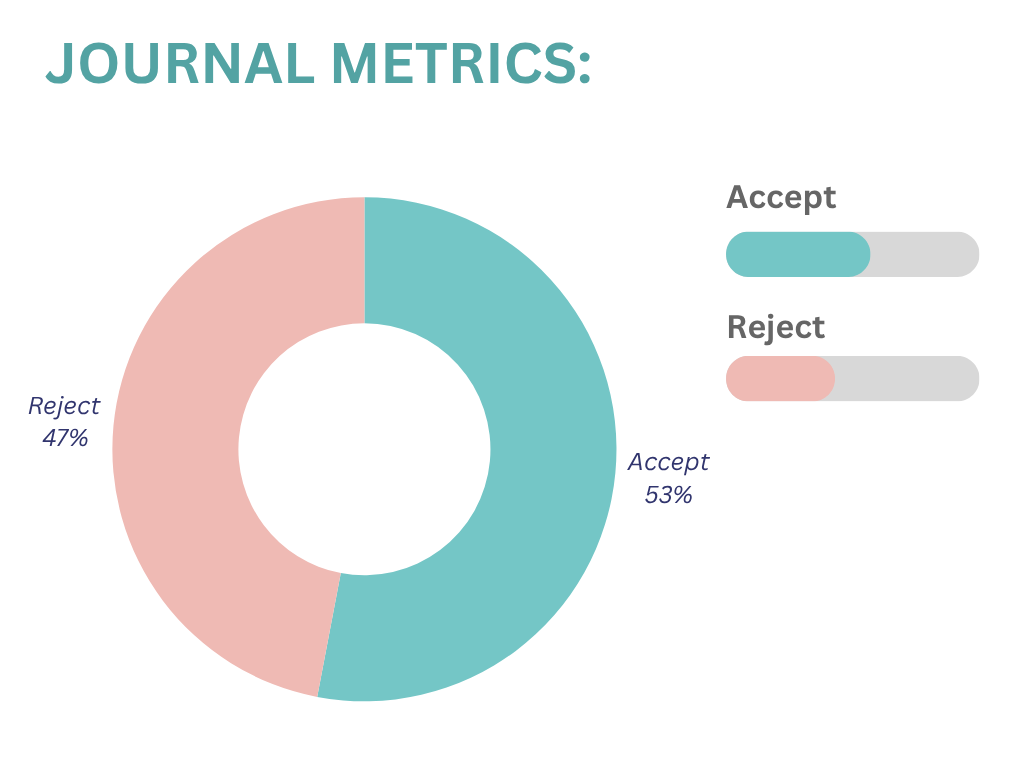AI-driven predictive models for traffic flow in IoT-driven smart cities
Abstract
This paper presents an innovative approach to traffic flow management in IoT-driven smart cities by developing AI-driven predictive models. As urbanization intensifies, efficient traffic management becomes crucial for enhancing mobility and reducing congestion. Leveraging the vast data from IoT sensors, including traffic cameras, GPS devices, and environmental monitors, our predictive models utilize machine learning algorithms to analyze real-time traffic patterns and predict future congestion points. The study integrates historical traffic data with real-time inputs to create a dynamic model that adapts to changing conditions, enabling city planners and traffic management systems to make informed decisions. We evaluate the model's performance using prediction accuracy and response time metrics, demonstrating significant improvements over traditional traffic management systems. Additionally, the paper explores the implications of these models on urban planning and policy-making, highlighting how they can inform infrastructure development and enhance public transportation systems. Our findings contribute to the ongoing discourse on smart city innovations, offering a framework for implementing AI-driven solutions in urban traffic management, ultimately leading to more sustainable and efficient cities.
Keywords:
Artificial intelligence, Internet of things, Traffic patterns, Challenges, AlgorithmReferences
- [1] Chen, Z., Zhang, Z., & Yang, Z. (2024). Big AI models for 6g wireless networks: Opportunities, challenges, and research directions. IEEE wireless communications, 31(5), 1–9. https://doi.org/10.1109/MWC.015.2300404
- [2] Mao, H., Meng, Q., Li, S., Qi, Q., Wang, S., & Wang, J. (2021). Cooling effects of a mist-spraying system on ethylene tetrafluoroethylene cushion roofs in hot-humid areas: A case study in Guangzhou, China. Sustainable cities and society, 74, 103211. https://doi.org/10.1016/j.scs.2021.103211
- [3] Sathyan, S., S. N, J. (2022). Traffic flow prediction using machine learning techniques-A systematic literature review. International journal of applied engineering and management letters (IJAEML), 6(1), 210–230. http://dx.doi.org/10.47992/IJAEML.2581.7000.0132
- [4] Zheng, J., & Huang, M. (2020). Traffic flow forecast through time series analysis based on deep learning. IEEE access, 8, 82562–82570. https://doi.org/10.1109/ACCESS.2020.2990738
- [5] Ramakrishnan, N., & Soni, T. (2018). Network traffic prediction using recurrent neural networks. Proceedings - 17th IEEE international conference on machine learning and applications, icmla 2018 (pp. 187–193). IEEE. https://doi.org/10.1109/ICMLA.2018.00035
- [6] Moumen, I., Abouchabaka, J., & Rafalia, N. (2023). Enhancing urban mobility: Integration of IoT road traffic data and artificial intelligence in smart city environment. Indonesian journal of electrical engineering and computer science, 32(2), 985–993. https://doi.org/10.11591/ijeecs.v32.i2.pp985-993
- [7] Anagnostopoulos, T., Zaslavsky, A., Kolomvatsos, K., Medvedev, A., Amirian, P., Morley, J., & Hadjieftymiades, S. (2017). Challenges and opportunities of waste management in IoT-enabled smart cities: a survey. IEEE transactions on sustainable computing, 2(3), 275–289. https://doi.org/10.1109/TSUSC.2017.2691049
- [8] Aloupogianni, E., Doctor, F., Karyotis, C., Maniak, T., Tang, R., & Iqbal, R. (2024). An ai-based digital twin framework for intelligent traffic management in singapore. International conference on electrical, computer, and energy technologies, icecet 2024 (pp. 1–6). IEEE. https://doi.org/10.1109/ICECET61485.2024.10698642
- [9] Wu, Y., Dai, H. N., Wang, H., Xiong, Z., & Guo, S. (2022). A survey of intelligent network slicing management for industrial IoT: Integrated approaches for smart transportation, smart energy, and smart factory. IEEE communications surveys and tutorials, 24(2), 1175–1211. https://doi.org/10.1109/COMST.2022.3158270
- [10] Yao, Y. (2024). Application of artificial intelligence in smart cities: current status, challenges and future trends. International journal of computer science and information technology, ISSN(2), 2024. https://doi.org/10.62051/ijcsit.v2n2.37
- [11] Mohapatra, H., & Rath, A. K. (2021). An IoT based efficient multi-objective real-time smart parking system. International journal of sensor networks, 37(4), 219–232. https://doi.org/10.1504/IJSNET.2021.119483
- [12] Pratap, A., Nayan, H., Panda, P., & Mohapatra, H. (2024). Emerging technologies and trends in the future of smart cities and IoT: A review. Journal of network security computer networks, 10(2), 28–38. https://matjournals.net/engineering/index.php/JONSCN/article/view/606
- [13] Hamdy, O., Gaber, H., Abdalzaher, M. S., & Elhadidy, M. (2022). Identifying exposure of urban area to certain seismic hazard using machine learning and GIS: A case study of greater cairo. Sustainability, 14(17), 10722. https://doi.org/10.3390/su141710722
- [14] Hakak, S., Khan, W. Z., Gilkar, G. A., Imran, M., & Guizani, N. (2020). Securing smart cities through blockchain technology: Architecture, requirements, and challenges. IEEE network, 34(1), 8–14. https://doi.org/10.1109/MNET.001.1900178
- [15] Szpilko, D., de la Torre Gallegos, A., Jimenez Naharro, F., Rzepka, A., & Remiszewska, A. (2023). Waste management in the smart city: Current practices and future directions. Resources, 12(10), 115. https://doi.org/10.3390/resources12100115
- [16] Wen, T. H., Chin, W. C. B., & Lai, P. C. (2017). Understanding the topological characteristics and flow complexity of urban traffic congestion. Physica a: statistical mechanics and its applications, 473, 166–177. https://doi.org/10.1016/j.physa.2017.01.035


